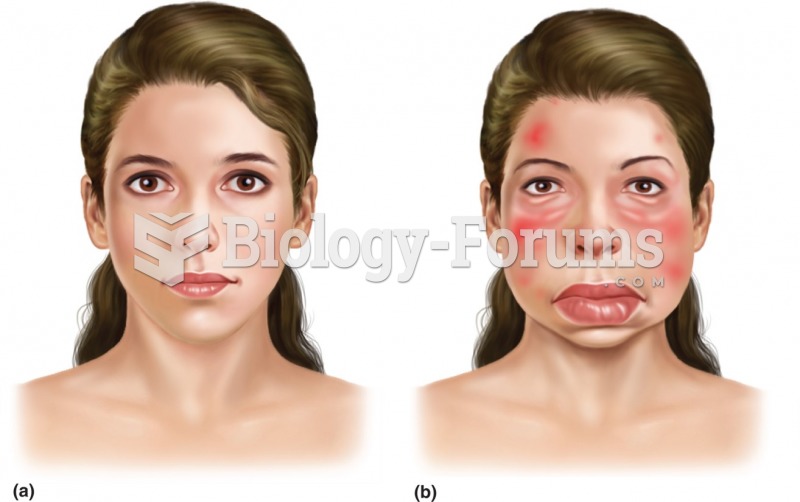This topic contains a solution. Click here to go to the answer
|
|
|
Did you know?
According to the National Institute of Environmental Health Sciences, lung disease is the third leading killer in the United States, responsible for one in seven deaths. It is the leading cause of death among infants under the age of one year.
Did you know?
The ratio of hydrogen atoms to oxygen in water (H2O) is 2:1.
Did you know?
There are 60,000 miles of blood vessels in every adult human.
Did you know?
Medication errors are more common among seriously ill patients than with those with minor conditions.
Did you know?
There are over 65,000 known species of protozoa. About 10,000 species are parasitic.







